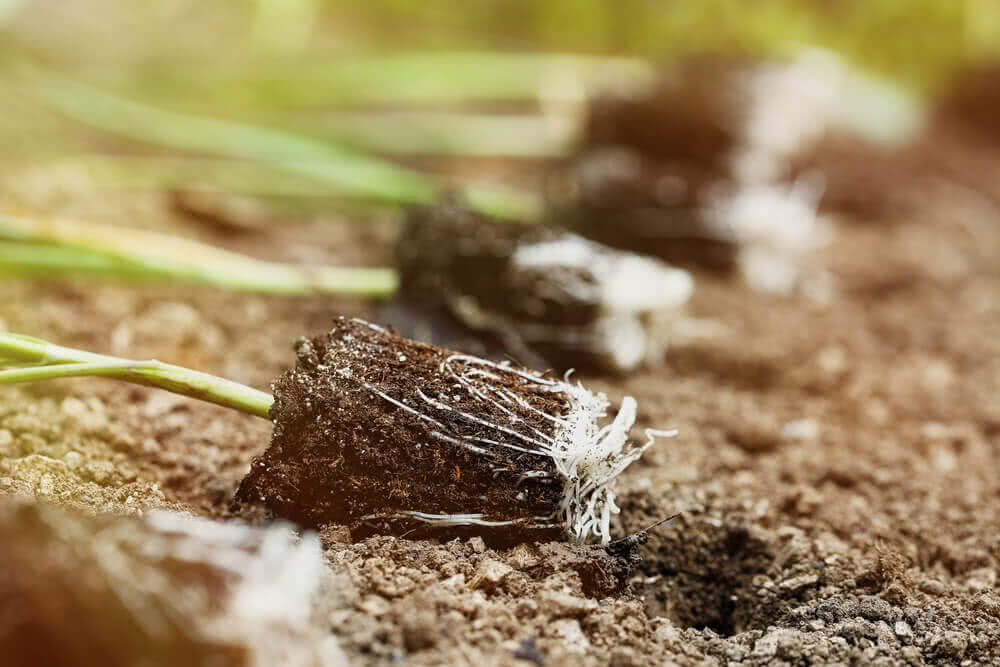[caption id="attachment_7981" align="aligncenter" width="624"]
 Image Source: http://www.bbc.com/earth/story/[/caption]
Image Source: http://www.bbc.com/earth/story/[/caption]How Do Plants Warn Each Other About Danger?
In a 2002 Discover feature, researchers revealed that plants do send chemical signals or cues to repel insects as well as signs to attract allies that would eat the harmful insects. But during this process, other plants can eavesdrop the conversation and gear up their defence system. Read about type of insect pests in your garden.
Davis entomologist Richard Karban and colleagues from the University of California conducted a study and found that sagebrush species—don’t just listen to on each others’ conversations; instead, they pay more attention to their close relatives only.
The team exposed different branches of the same plants to volatile chemicals. The substances were sourced from sagebrush relatives whose leaves had been clipped to trigger chemical release. By the end of the season, there was considerably less damage done to the branches exposed to chemicals from close relatives than the ones who received signals from distant relatives – the warning might have prompted the plants to release herbivore-deterring chemicals that triggered the defence mechanism.
Different individual sagebrush plants emit slightly different warning chemicals, and the listener plants tend to heed the warning cries of their relatives rather than the unrelated plants.
Watch the video - How Plants Talk to Each Other here.
[caption id="attachment_7976" align="aligncenter" width="620"]
 Image Source: https://www.theguardian.com/science/[/caption]
Image Source: https://www.theguardian.com/science/[/caption]How Plants Communicate in a Crowded Environment?
Plants do have their unique ways of communication, and they use their roots to “listen in” on their neighbours.
A study revealed that to communicate in a crowded environment plants secrete chemicals into the soil and prompt their neighbours to grow more aggressively so that they are not left in the shade.
Plants cannot move places if they have problems with the neighbours. They have accepted this fact, and use signals to avoid peer competition and prep for the future.
Earlier scientists also revealed that plant leaves are touched when they brush up against each other and alter their growth strategies. Mature trees have shown symptoms like “canopy shyness” and alterations in their growth under crowded conditions. Others, take a combative approach and divert the necessary resources from root growth to expand rapidly above ground.
Scientists also found that this behavior is driven by both mechanical symbols received by the leaves and chemical secretions in the soil.
The study, published in the journal Plos One, researched corn seedlings, that grow extensively in a stressed environment. The scientists simulated the touch of a nearby plant by stroking the leaves for a minute every day with a makeup brush.
When they transplanted a new plant in the place of the old one, they found that the new plant also diverted its resources to grow more leaves and fewer roots. Seedlings, when planted in the growth solution where there were untouched plants, did not show this pattern.

Research conducted on different plant species showed somewhat the same result. Plants do communicate with each other and signal to create a defensive system when in danger.
Reference: https://www.theguardian.com/science/2018/may/02/plants-talk-to-each-other-through-their-roots
https://www.youtube.com/watch?v=xOXSqy05EO0
http://www.bbc.com/earth/story/20141111-plants-have-a-hidden-internet














